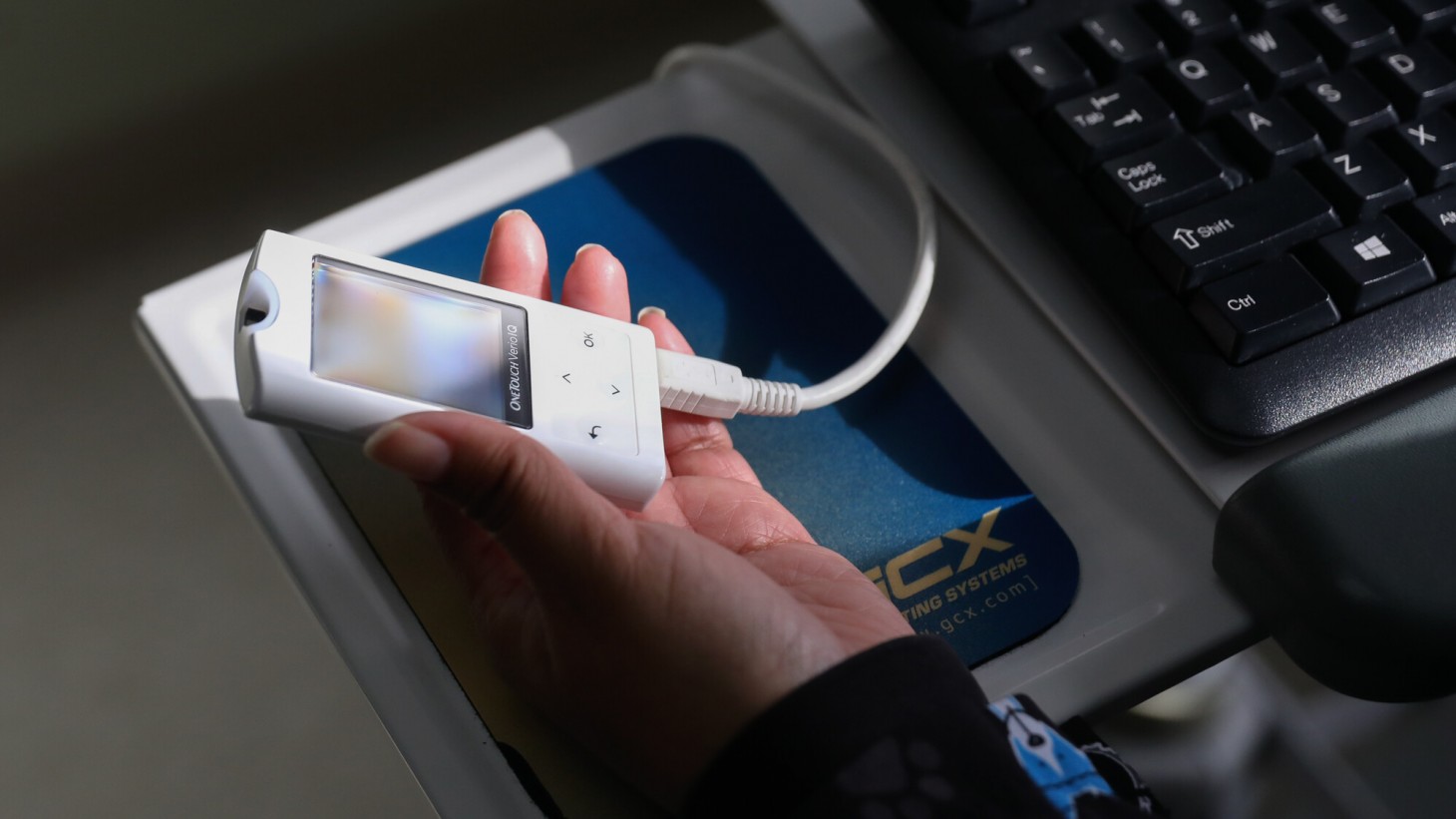Hank q1q2-2021
See the whole issueMaking Moments Matter

Helping patients with diabetes transition from hospital to home
Timing is everything when it comes to empowering patients to take control of their health.
For members of Hawaii’s Patient Support Services team, that means contacting patients with diabetes right after hospitalization.
“One of the most impressionable times to work with a diabetes patient is immediately following discharge,” explains Shelley Kikuchi, the team’s management co-lead.
By reaching out to patients during those “moments that matter,” the team has increased the number of diabetes patients with blood sugar levels under control. Their practices have proven so effective they are now part of routine treatment for patients with diabetes regionwide.
“The close follow-up with patients helps us better manage their medication and support their healthy lifestyle choices,” says Alana Busekrus, RN, the team’s labor co-lead and a certified diabetes care and education specialist who is a member of the Hawaii Nurses and Healthcare Professionals (HNHP) union.
To help patients manage diabetes, the team monitors their blood sugar levels, orders lab tests, adjusts medications and offers advice on nutrition and exercise. These interventions are important because Native Hawaiians and Pacific Islanders are among those at higher risk of diabetes, a serious chronic disease.
Overcoming obstacles
But achieving success wasn’t easy.
Early efforts to provide post-discharge care proved labor intensive and fell short of regional goals for controlling patients’ blood sugar levels, recalls Anna Sliva, RN, a care manager with the team and an HNHP member.
Health outcomes improved after unit-based team members standardized the discharge process in 2019. Nurses collaborate with Transitional Care clinical pharmacists to identify high-risk diabetic patients before they leave the hospital. Care managers follow up by showing patients how to use glucose monitors to track their blood sugar levels.
Results were significant. Within 3 months after discharge, 30% of patients lowered A1c blood sugar levels by at least 0.5 percentage points. And within 6 months, 50% of patients lowered A1c levels by at least 1 percentage point.
“Thanks to our team’s excellent work,” says Kikuchi, “the ‘moments that matter’ discharge workflow has become a standard part of our practice, benefiting some of our most vulnerable diabetic patients.”
